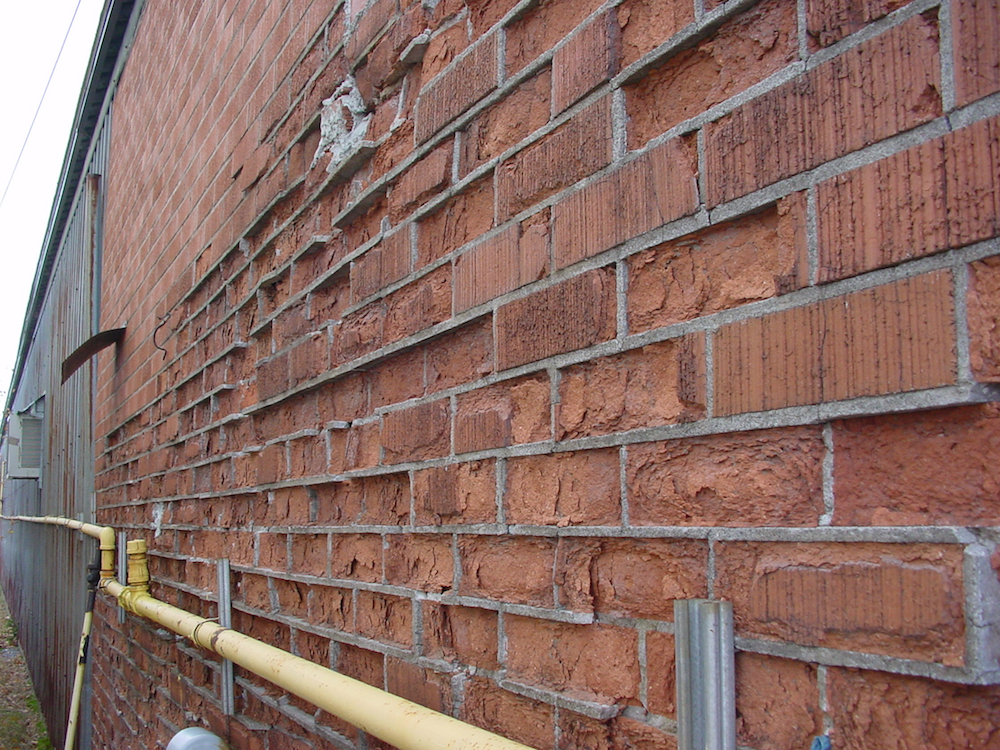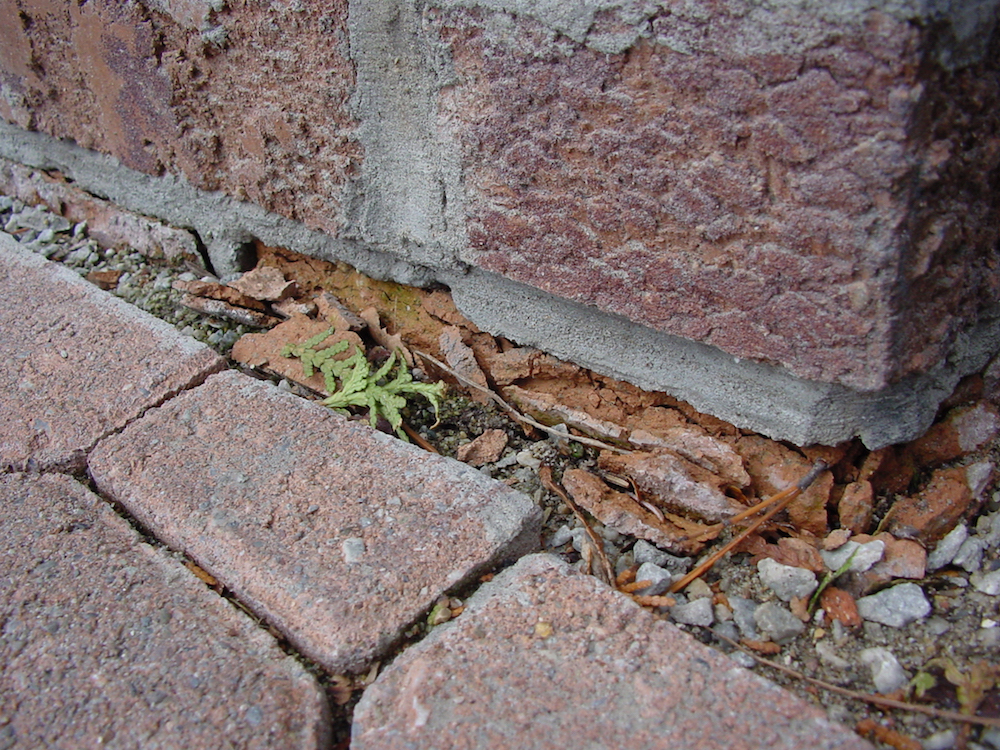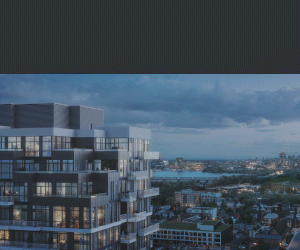This column answers a reader question on the issue of crumbling brick, known as spalling.
Q: What’s causing the clay brick on the entrance wall of my house to peel and flake? It was built in the mid-1980s, and all the houses in our neighbourhood have the same problem.
I’ve asked many of the masons working in the area why this problem exists. Answers vary. Some say it’s bad brick, others say there are not enough drainage holes, others blame the lack of flashing between the brick and concrete foundation.
I’m confused. Exactly what needs to happen to ensure a long-lasting reconstruction?

A: I’m always disappointed when I hear about young clay brick failing. Brick is expensive and should last for many, many decades. Some brick lasts for centuries, so there’s really no excuse.
When clay brick fails in a cold climate, it almost always comes down to the same thing: moisture. Since water expands when it freezes, any absorbed water held within the brick causes flaking and cracking when temperatures drop below the freezing point. This condition is called spalling.
Any design or installation conditions that promote the retention of water within the brick will cause spalling. This could involve all the things you’ve heard from bricklayers working in your neighbourhood, including the bad brick hypothesis.
“Bad brick” means the material has not been fired enough in the kiln during manufacturing to resist moisture absorption. And from what I’ve seen, this is the most common source of trouble. The photo below shows a particularly stark example of brick that was not fired sufficiently. Notice how some bricks are fine while others have lost lots of mass.

When you’re looking for brick to use as a replacement on your house, it’s very important to ask about water absorption and spalling. What’s the track record of the brick? How long has it been manufactured? Is there any written warranty offered on the integrity of the brick?
Also, it’s vital that the brick be kept at least six inches above grade, with a layer of flashing between the concrete foundation below and the brick above. This prevents water splashing up from the ground, wicking up through the concrete and soaking into the bricks. Even good brick will flake and fail if it’s too close to the ground. Even if all else is perfect, an overly thirsty brick will absorb water and flake.

The good news is that most brick is durable and continues to look great. I made the video below to explain why clay brick fails and how to guard against this.






